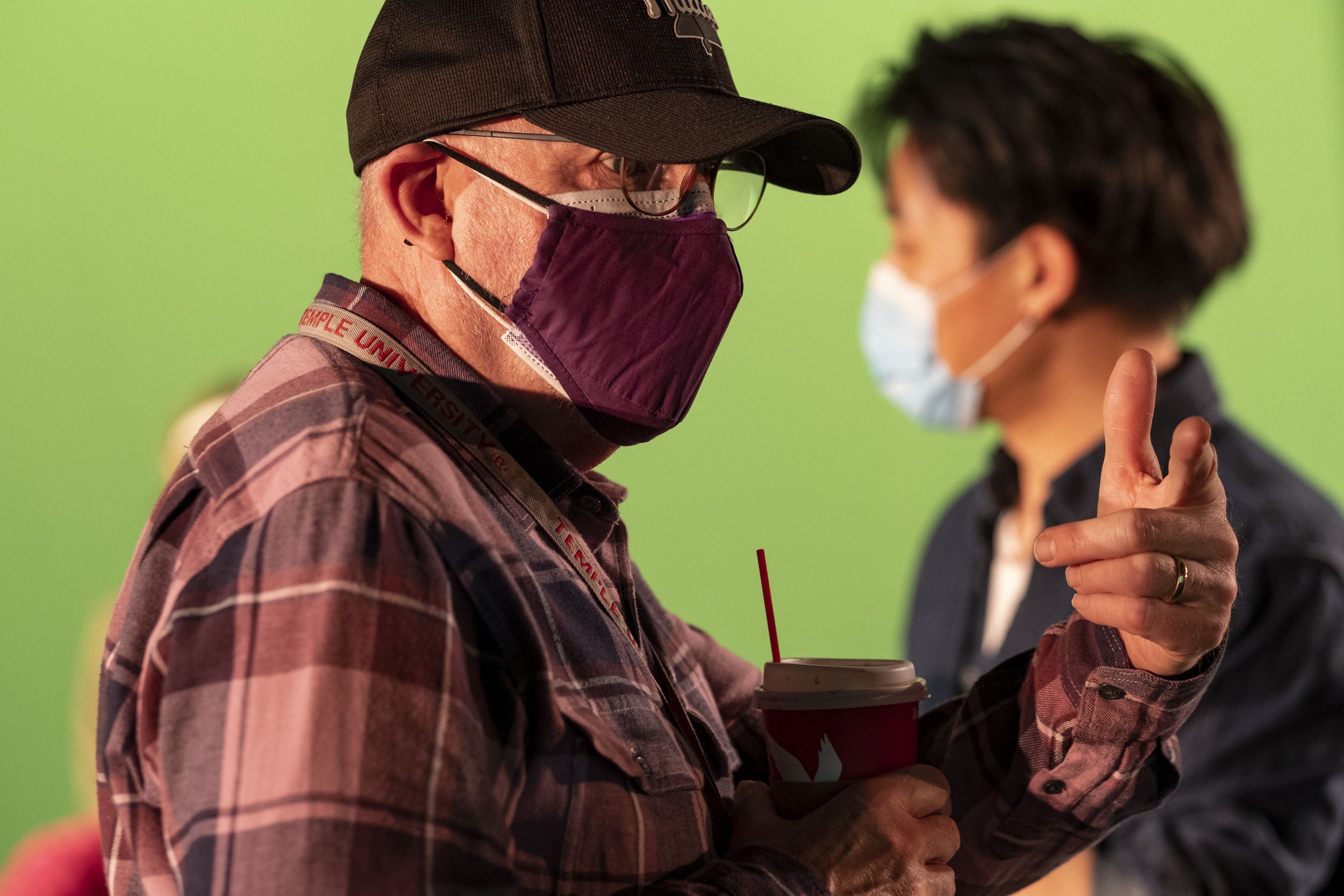The School of Theater, Film and Media Arts presents
As You Like It
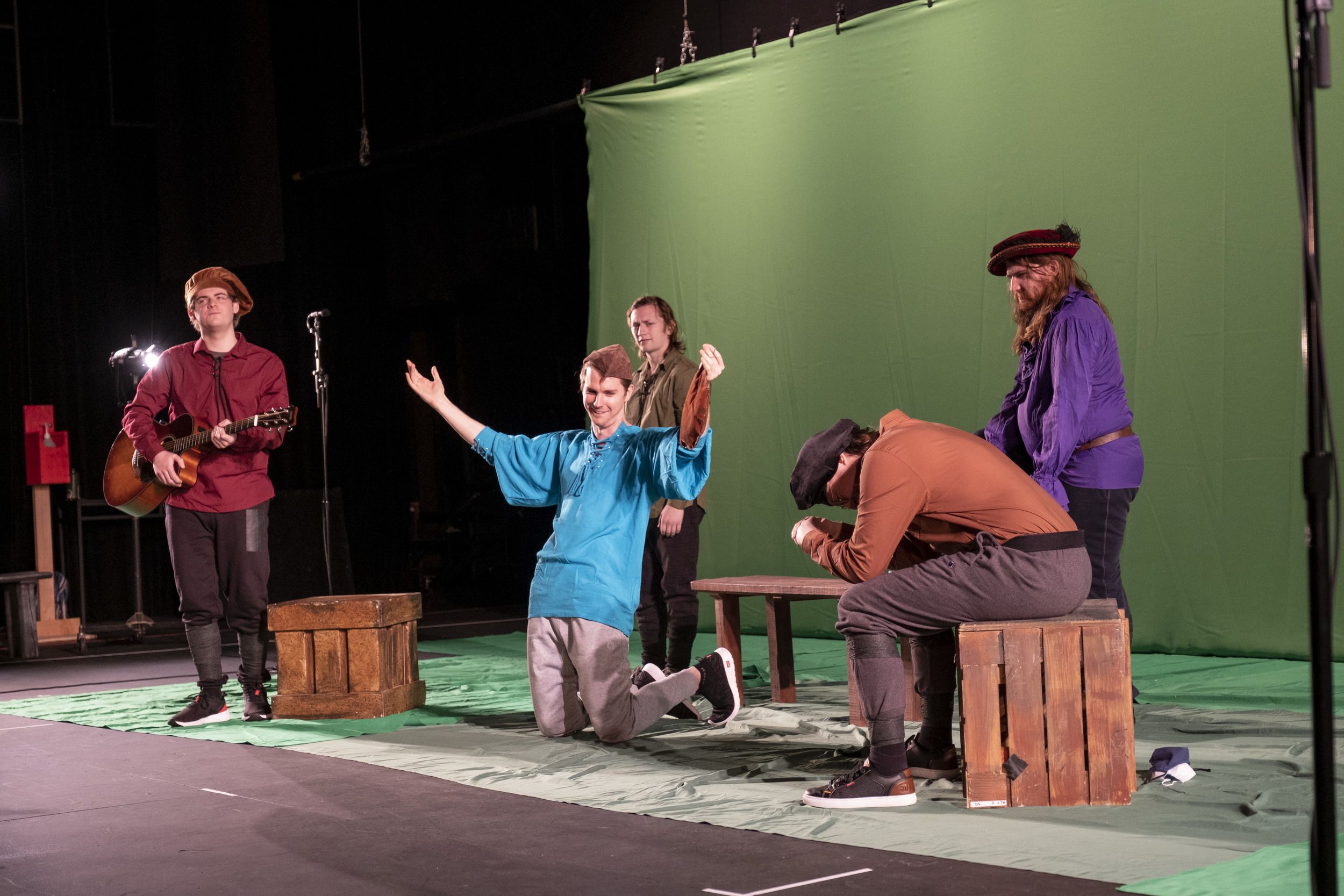
Rehearsing remotely on Zoom over a 5-week period, five nights a week plus Saturdays, the cast and crew of As You Like It have been preparing to bring audiences a vibrant rendition of the Shakespearean comedy classic. Transport to the Forest of Arden by streaming the performance, which will premiere on virtually on May 10. Until then, get a behind-the-scenes look and hear from the play’s director on how the unprecedented production was pulled off.
"Our mission is to serve our students, to engage them in a fulfilling, creative and instructive collaborate endeavor where every student is equally challenged and motivated to perform at their highest possible level of artistic excellence," said Director and Associate Dean of the School of Theater, Film and Media Arts Doug Wager.
Wager shared that his approach to this production was conceived to embrace our present given circumstances of being a university theater program facing the challenges presented to our discipline by the pandemic, and overcoming the restrictions currently facing all university training programs and, indeed, theater production around the globe.
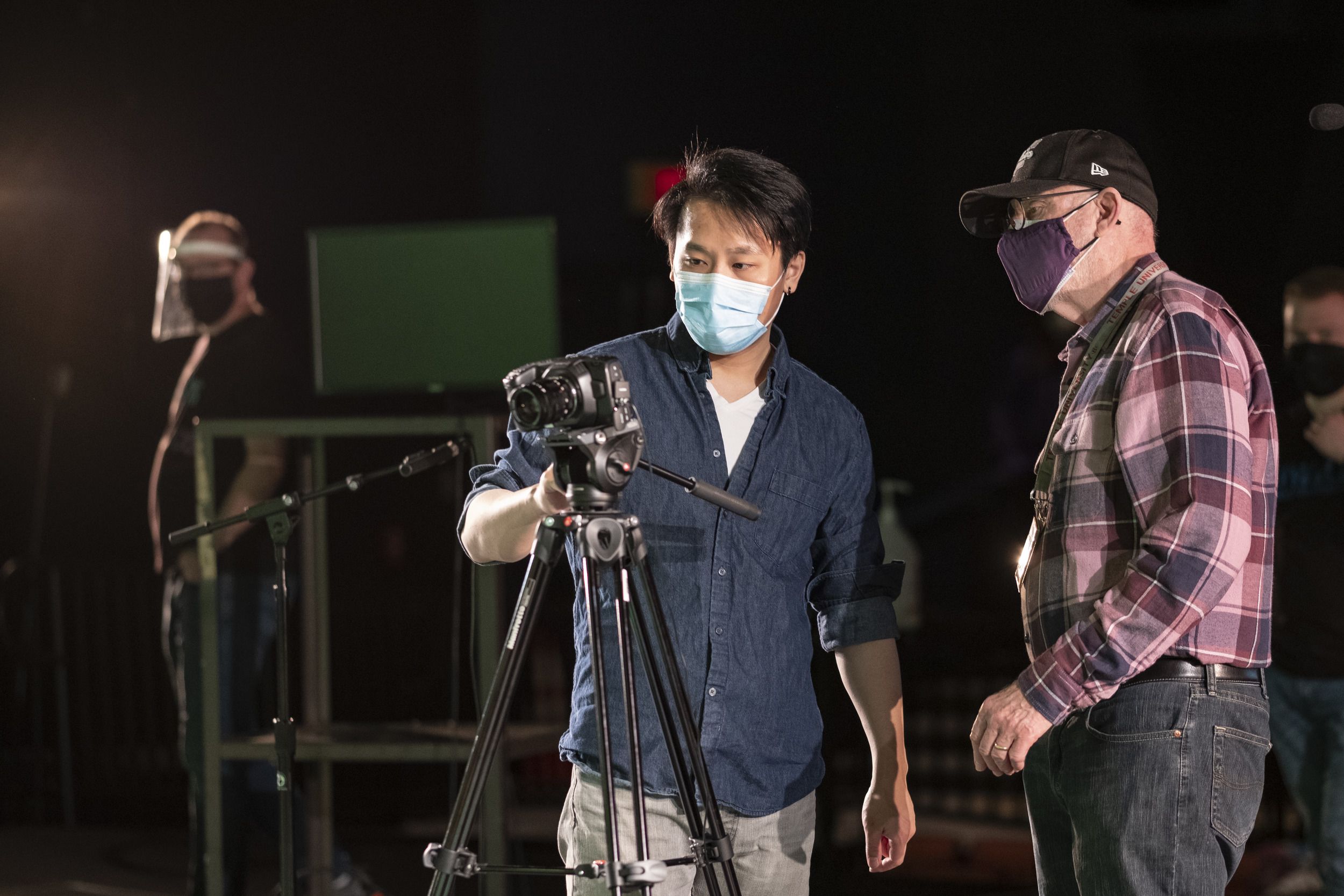
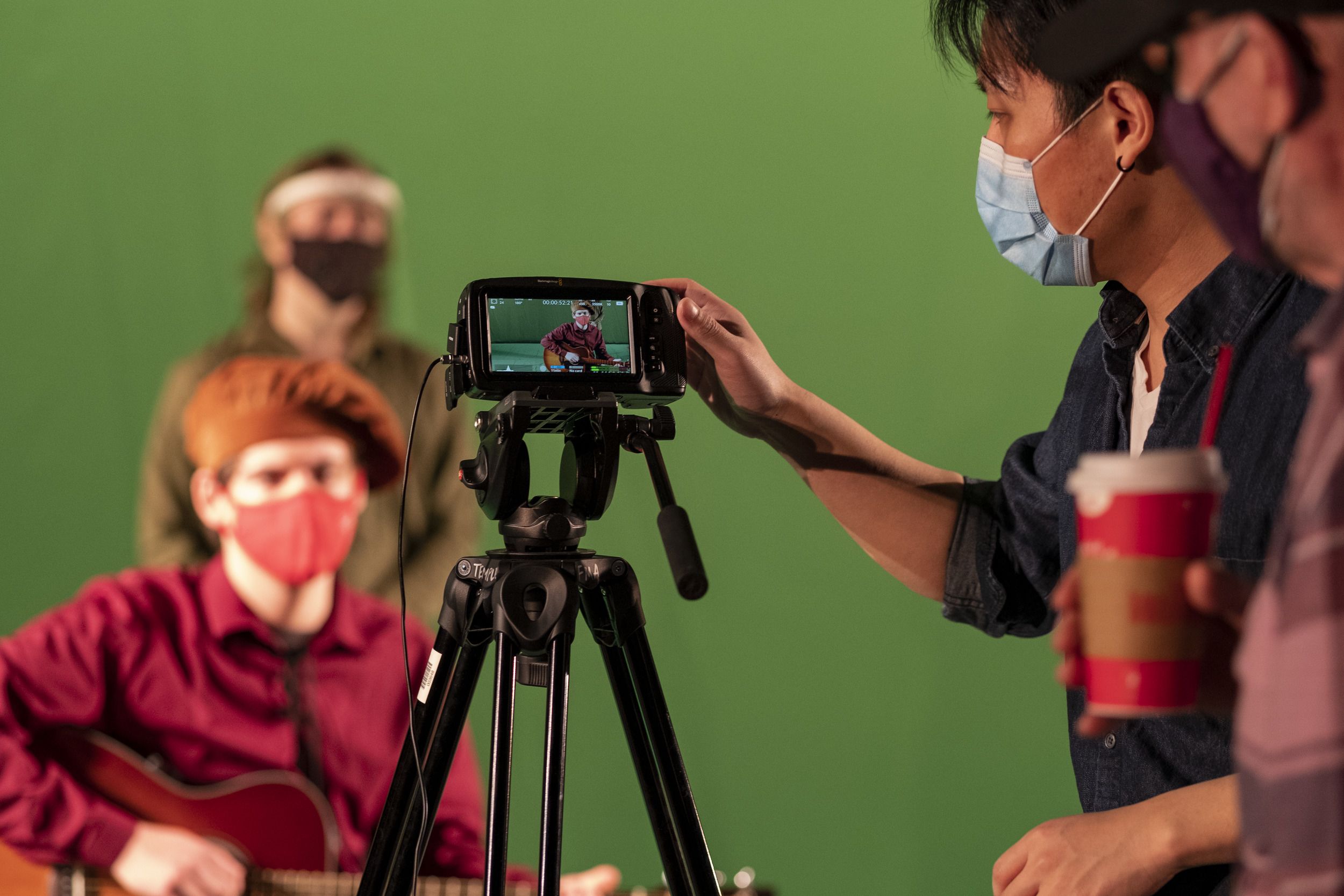
Wager explained that the schedule involved both video shoots on Tomlinson stage, which was converted into a large green screen soundstage, and students shooting remotely from their residences.
Each actor received a basic home-based, remote-shooting tech package that included three ring lights, a green-screen frame, iPod Camera, mini shotgun mic and selective representational costume and prop elements.
This meant that the entire show (essentially a feature-film length script) would be captured out of sequence—and that actors would be performing as they would on a film shoot. They weren't actually playing scenes together on stage, but staging for the camera, often not able to engage directly with fellow their actors.
"We are telling the story from the perspective of our students—creating theater as they are caught up in the reality of the pandemic, and through the magical transformative power of the art and craft of acting and theatrical storytelling, inviting the viewer to partake in an imaginary transformational storytelling exchange between artist and audience," said Wager.
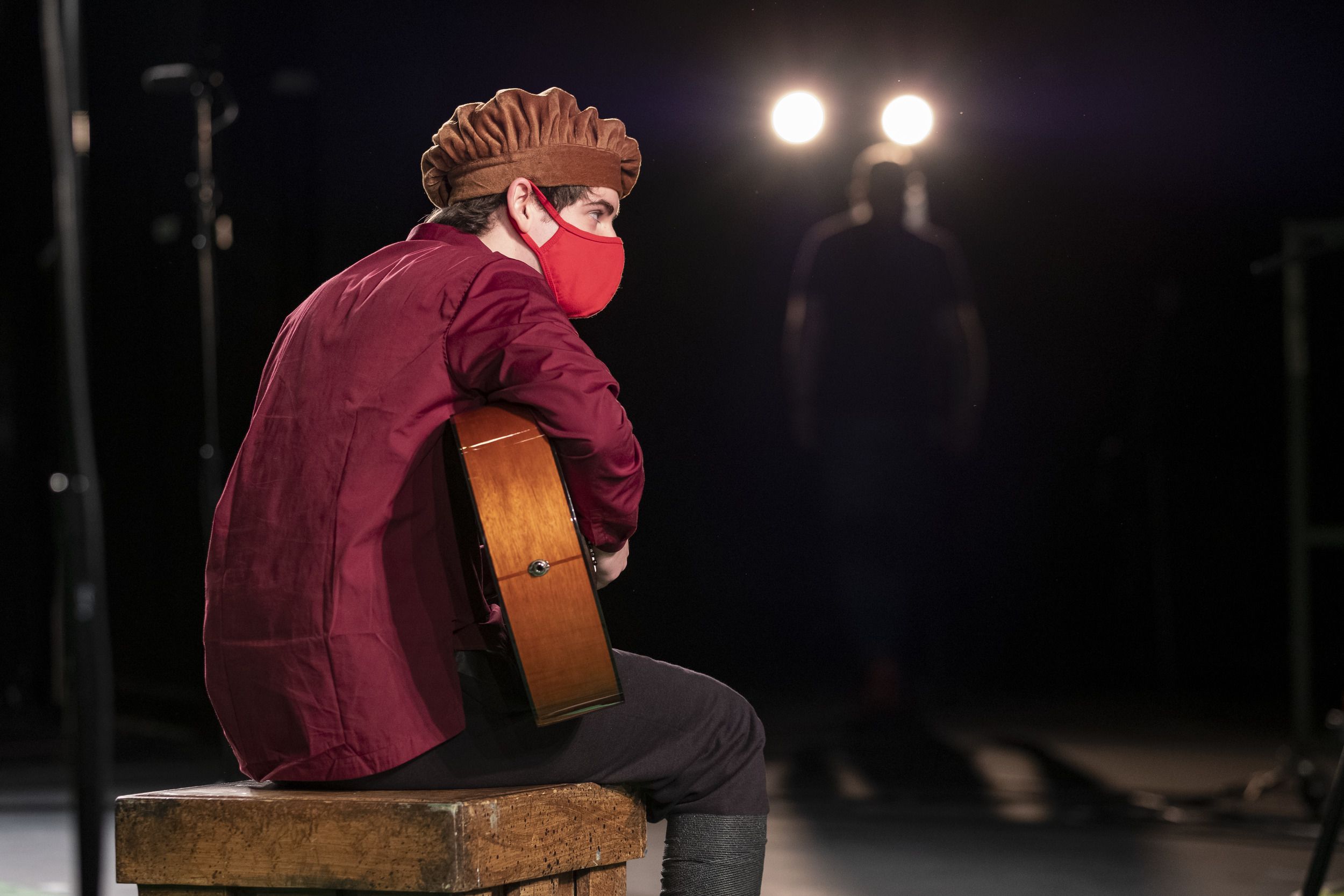
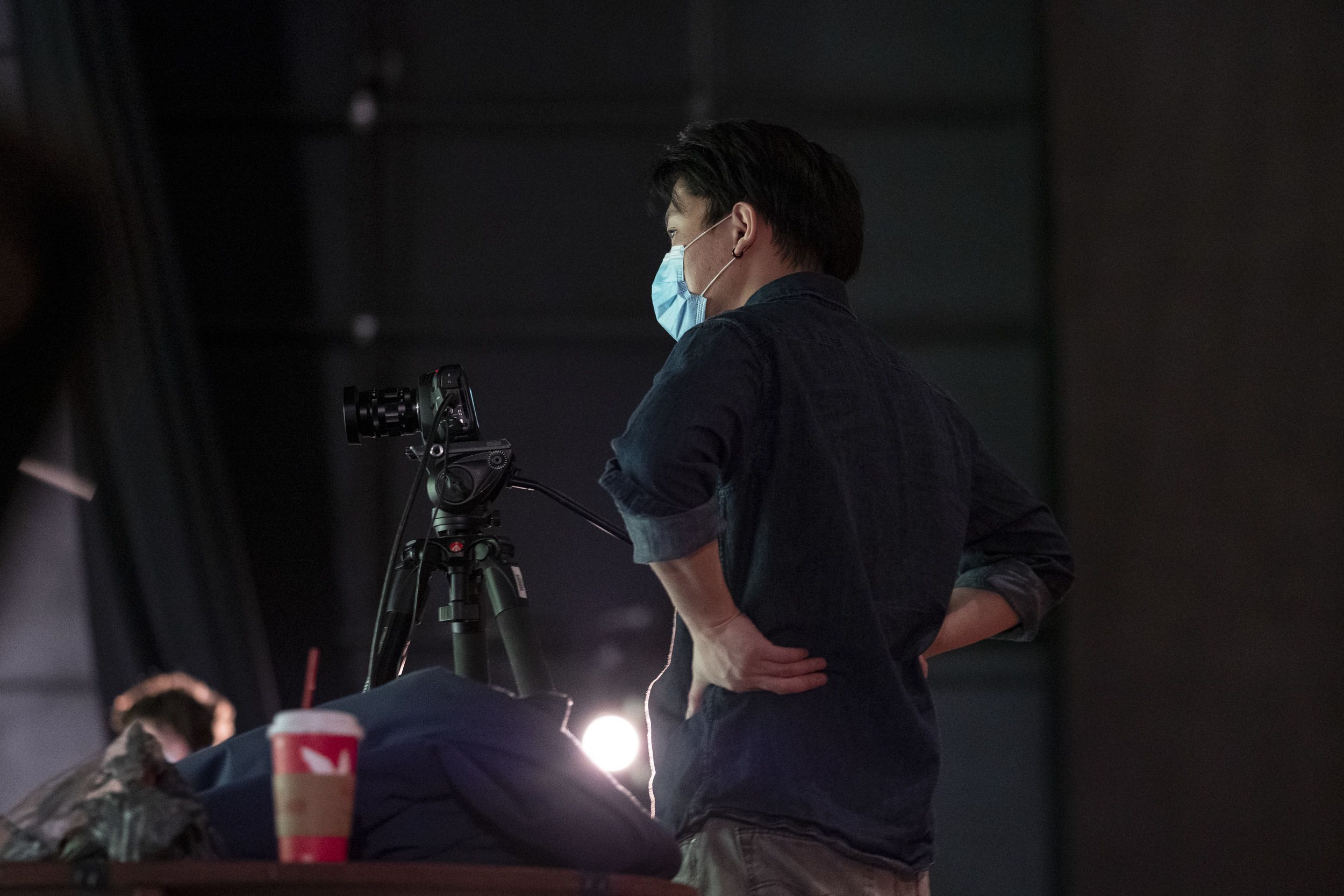


The visual design team worked with the digital imaging software to create virtual backgrounds for each scene, and the student editing team then used a digital compositing technology to place the characters together within the frame for each scene, similar to what you would do in a typical sci-fi or superhero studio feature film, Wager described.
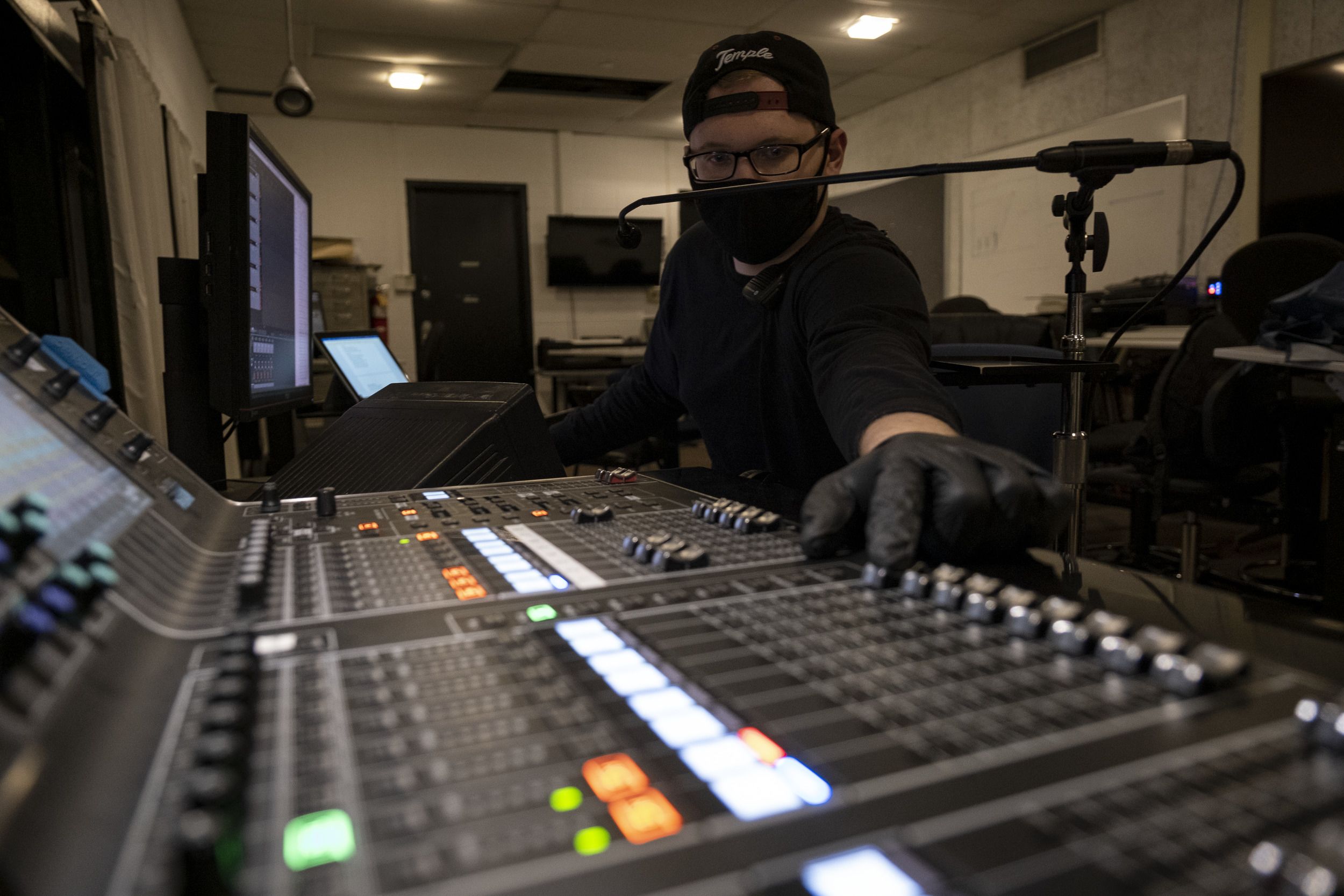
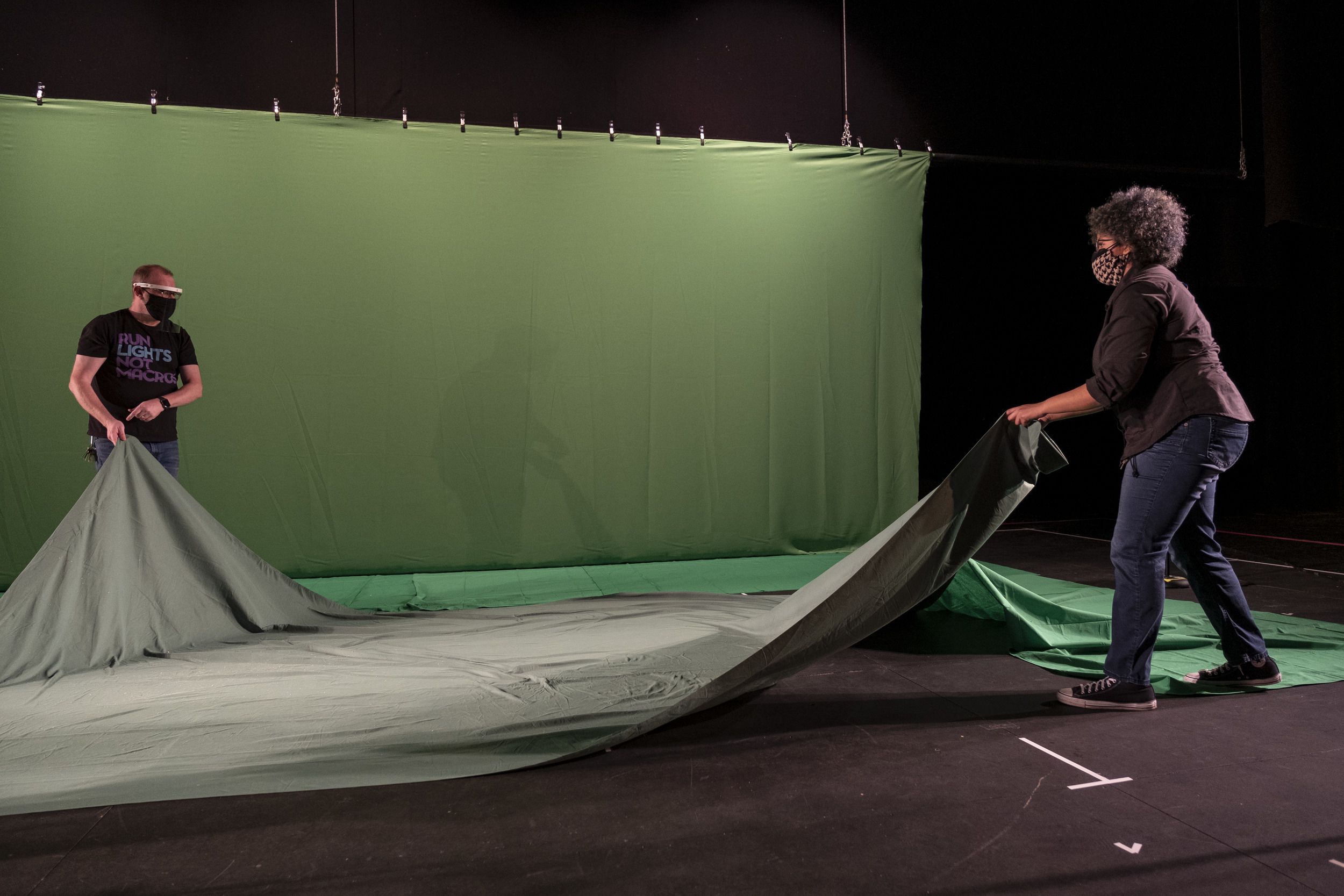
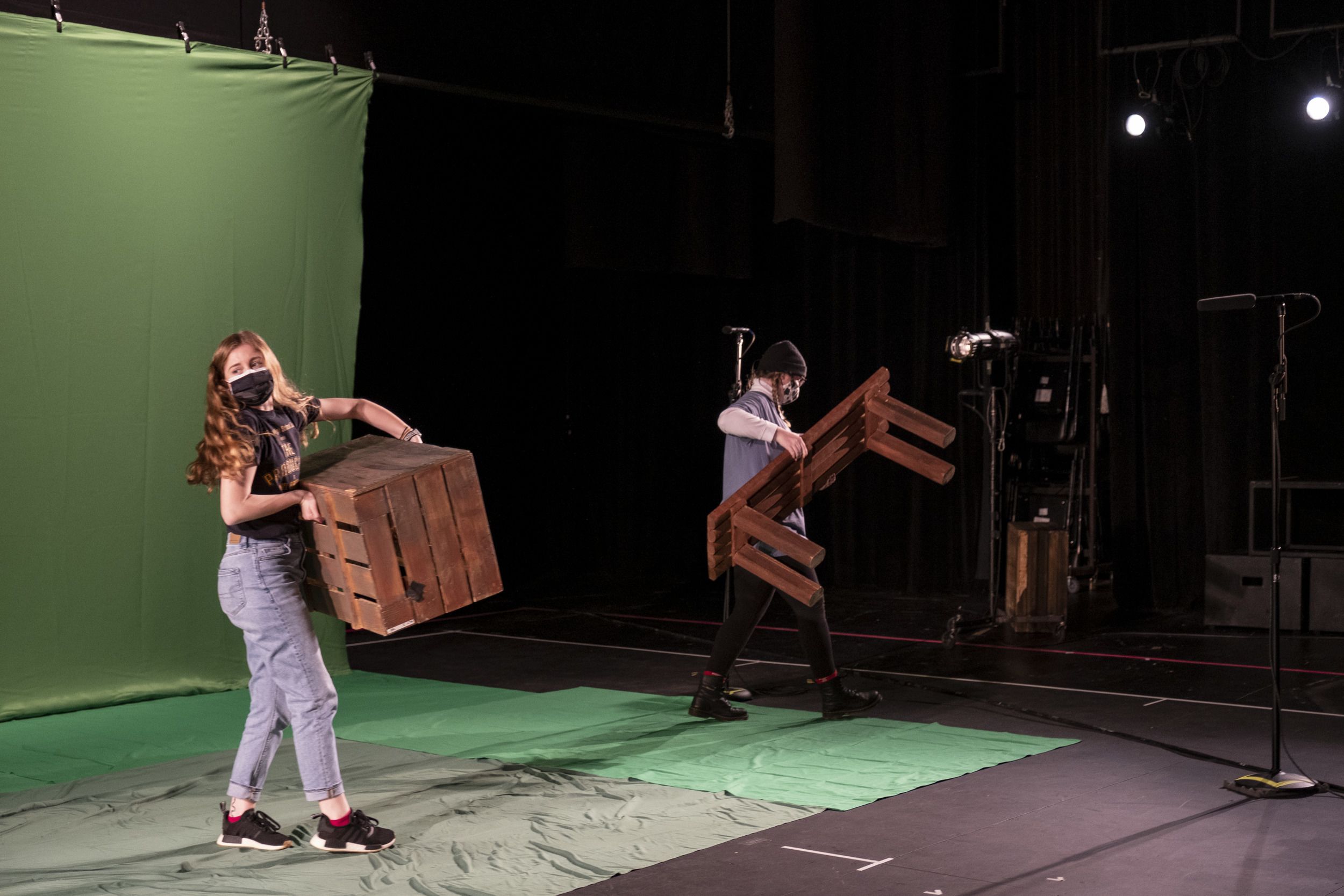
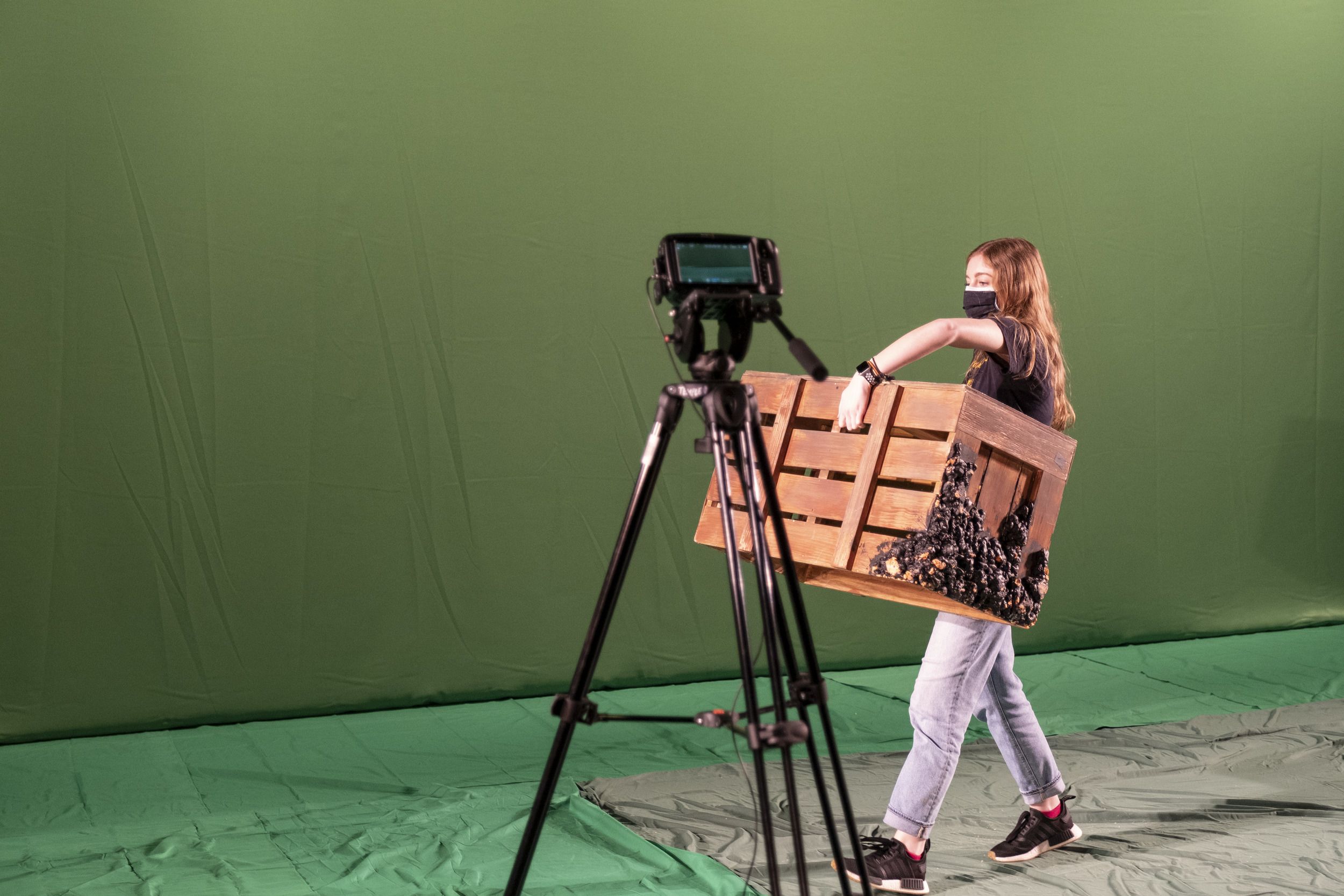



"I am immensely proud of all the Temple students who have participated in this massive, immensely complex and challenging creative journey. I sincerely hope they each embrace the experience of working together on this utterly unprecedented project as a watershed experiential learning experience. That is what we are all here for," said Wager.
